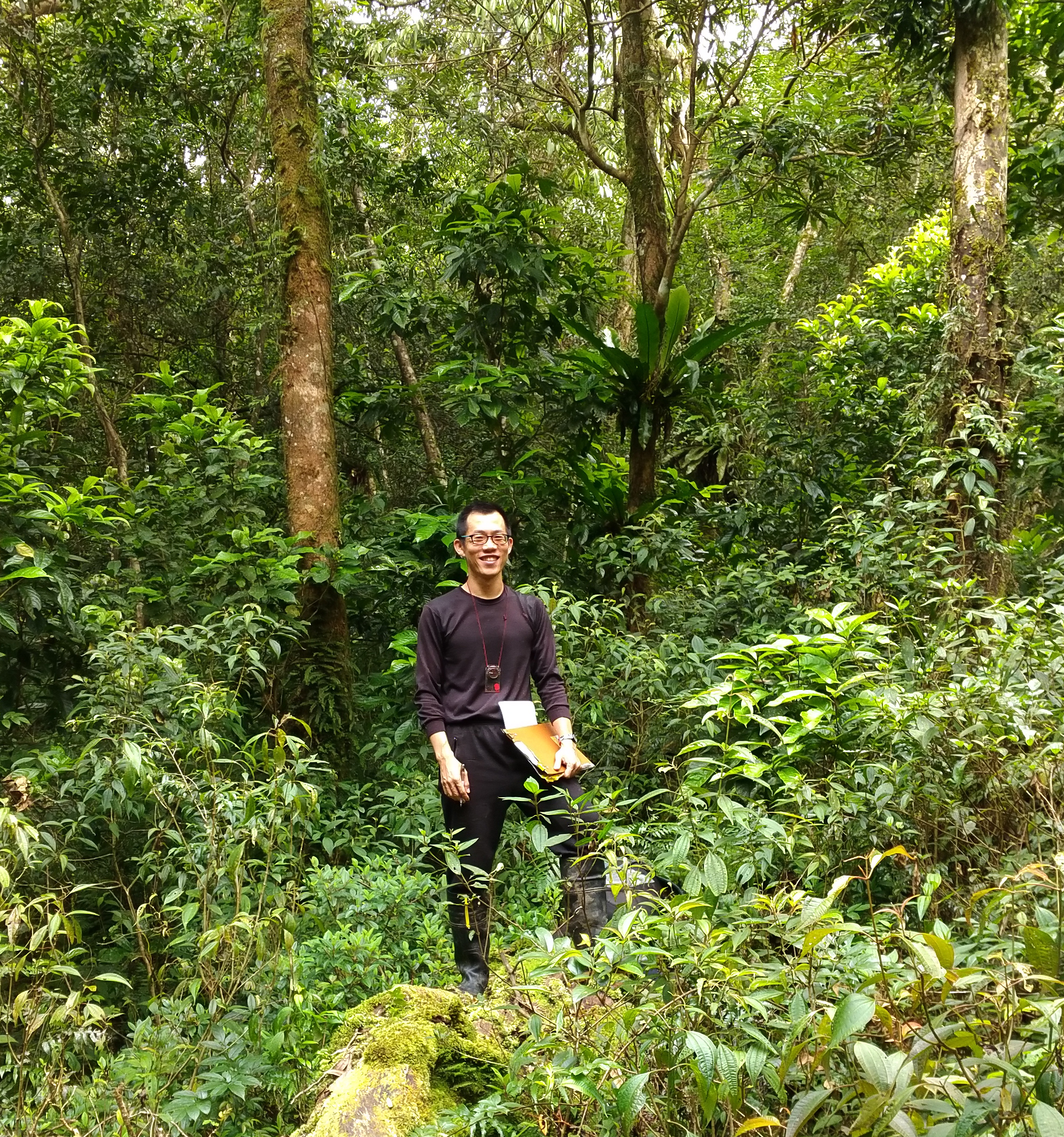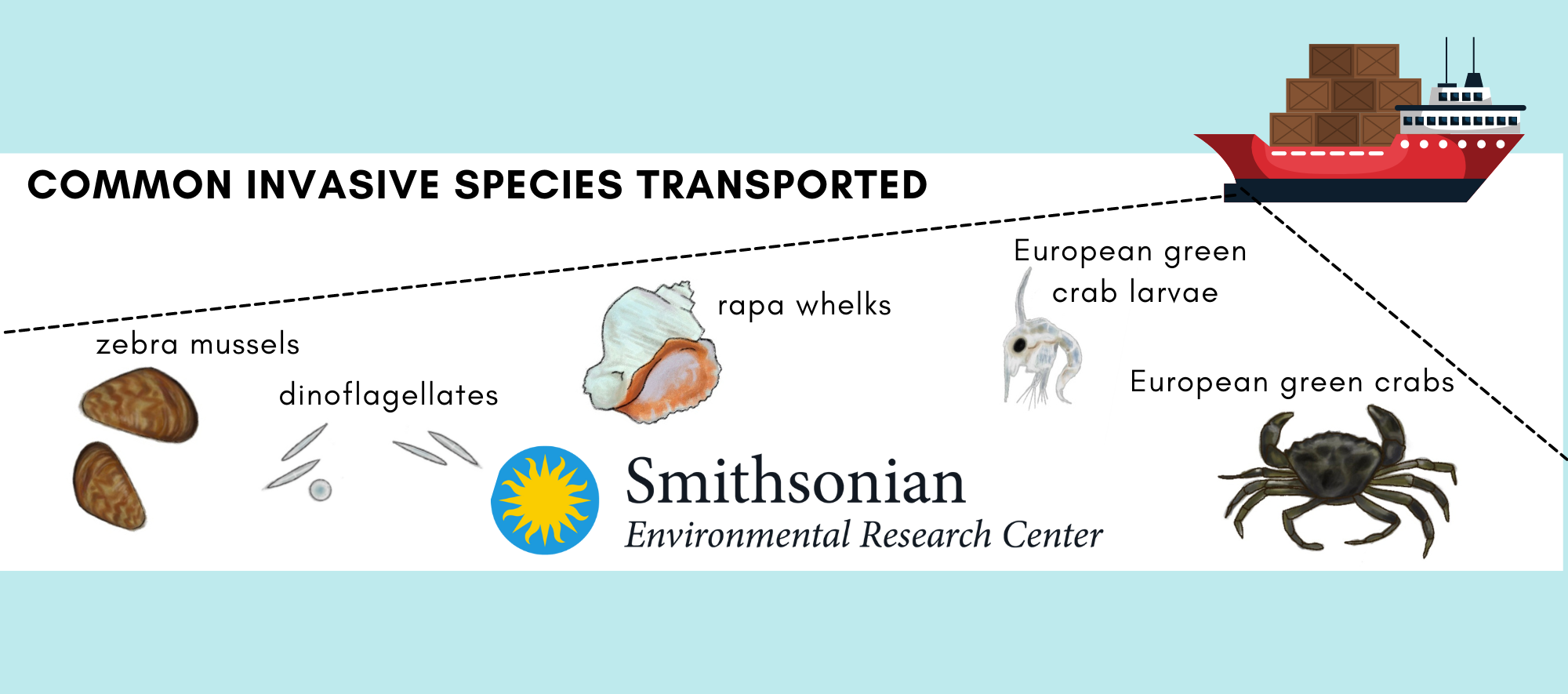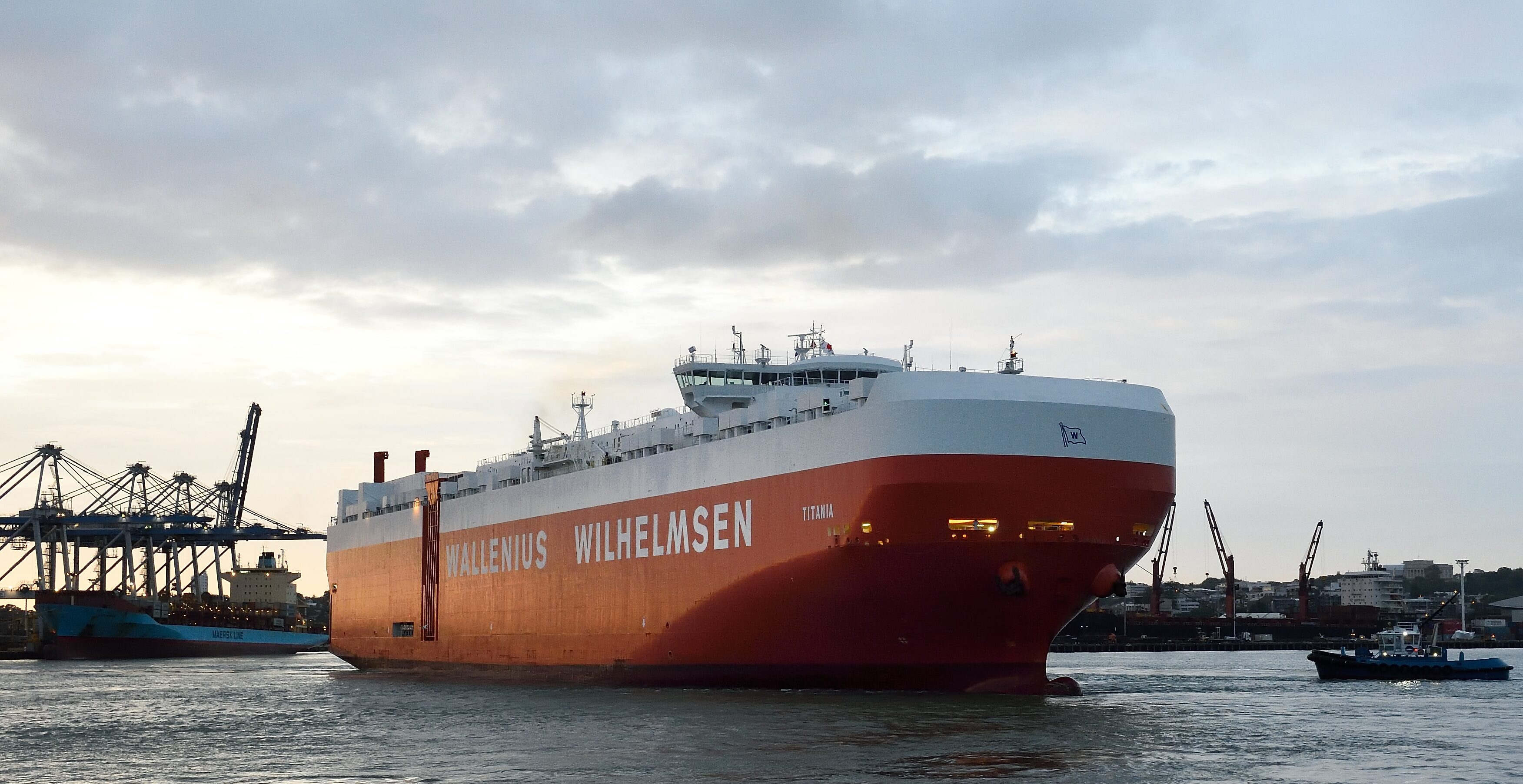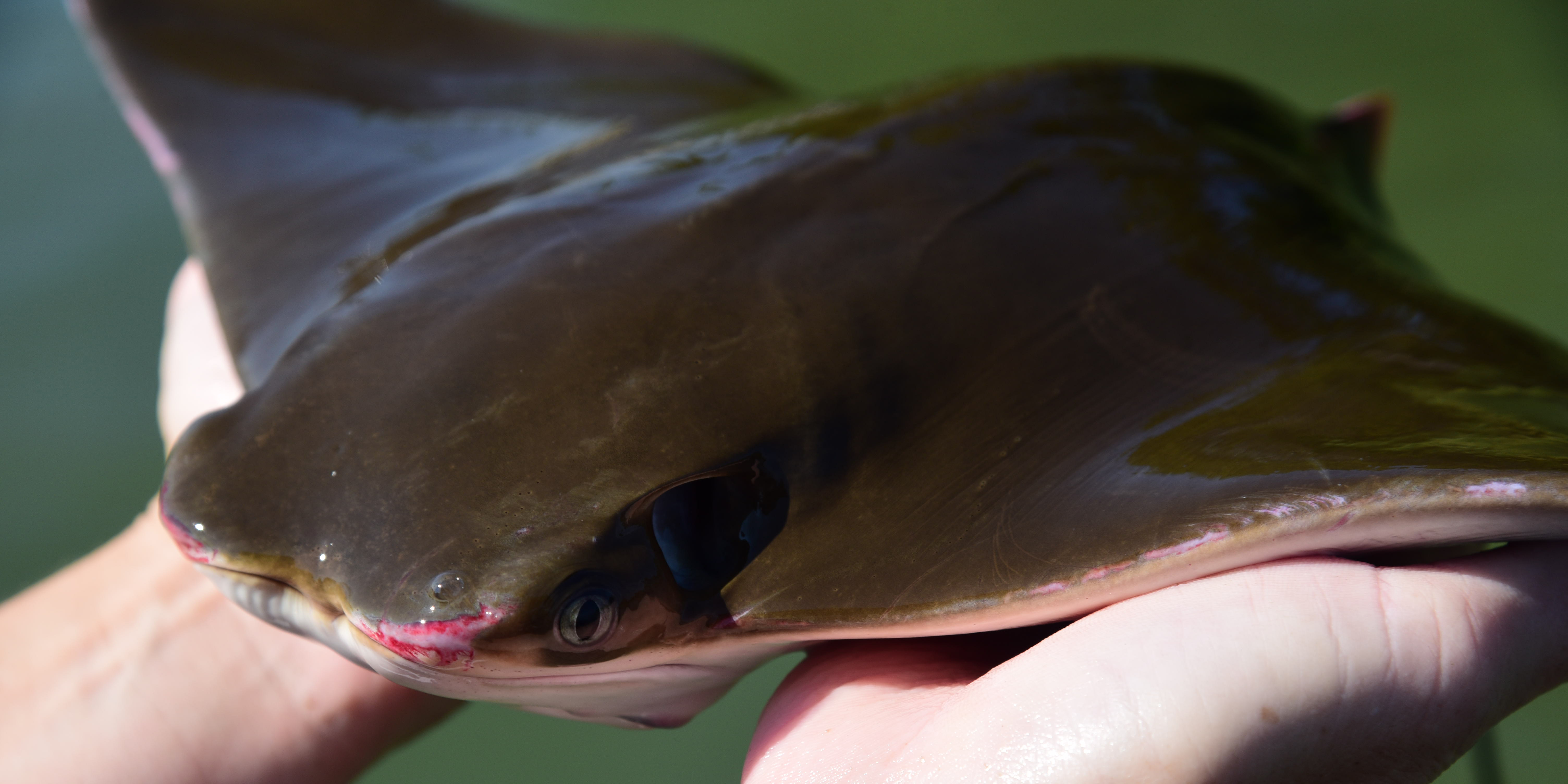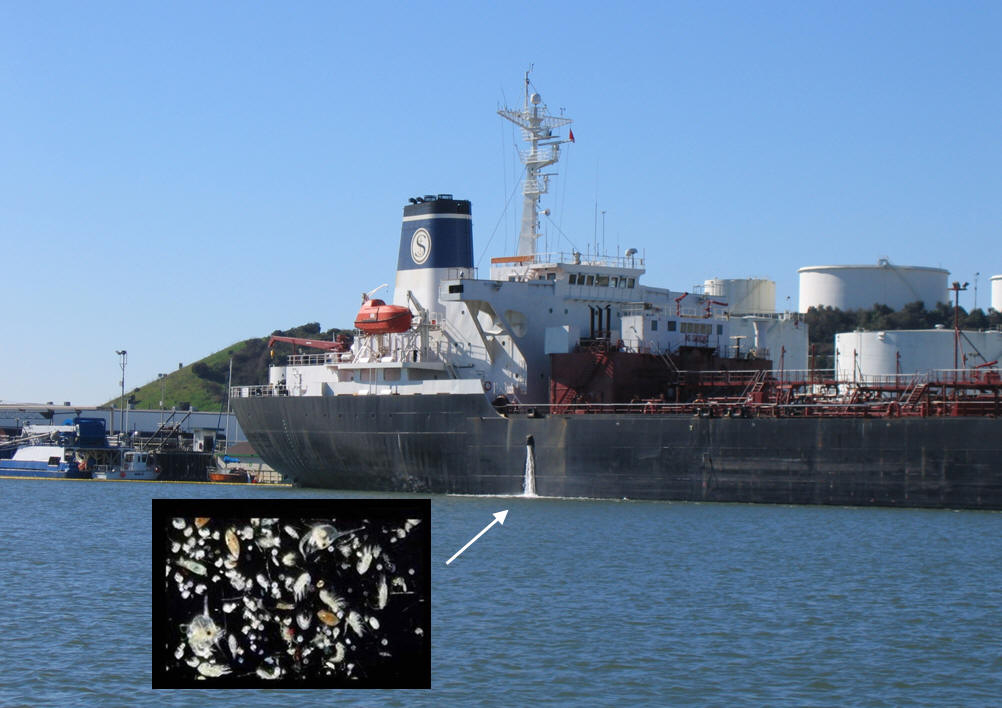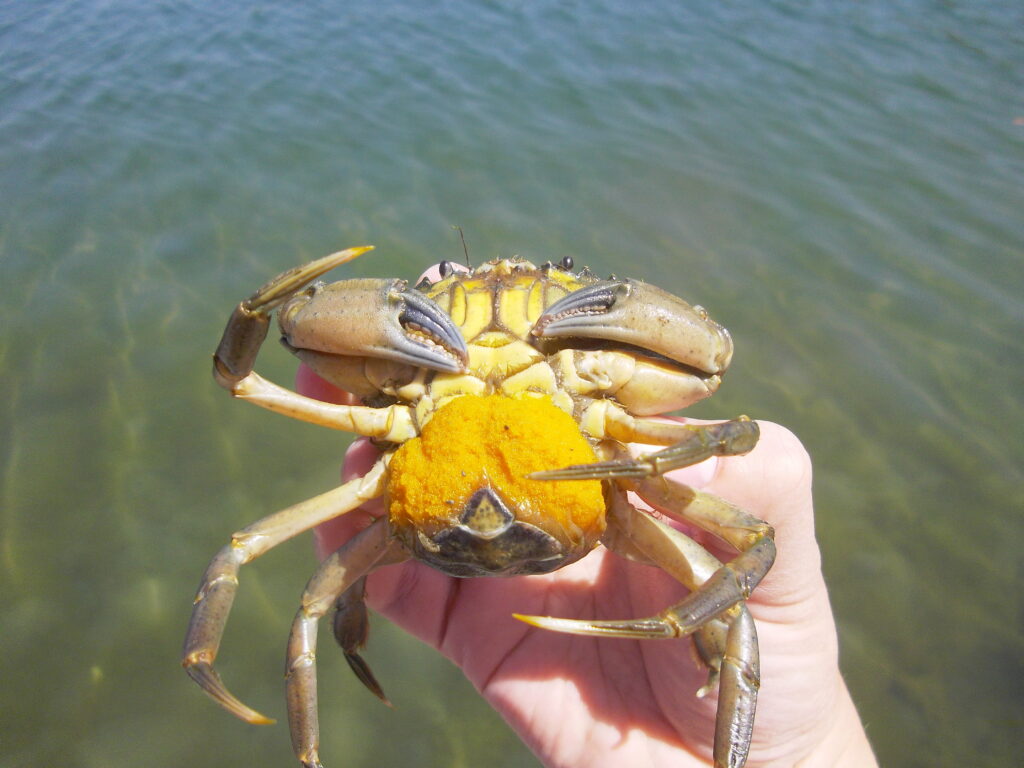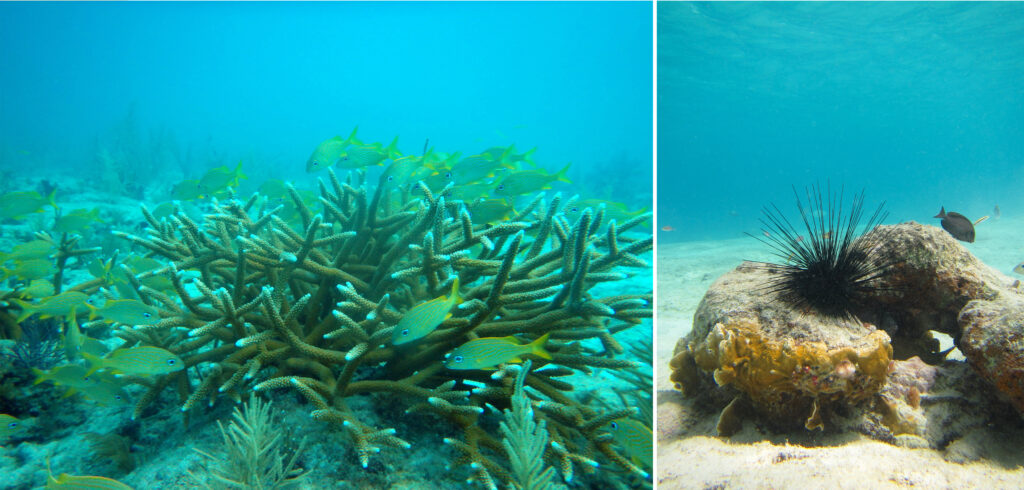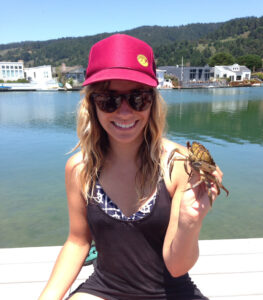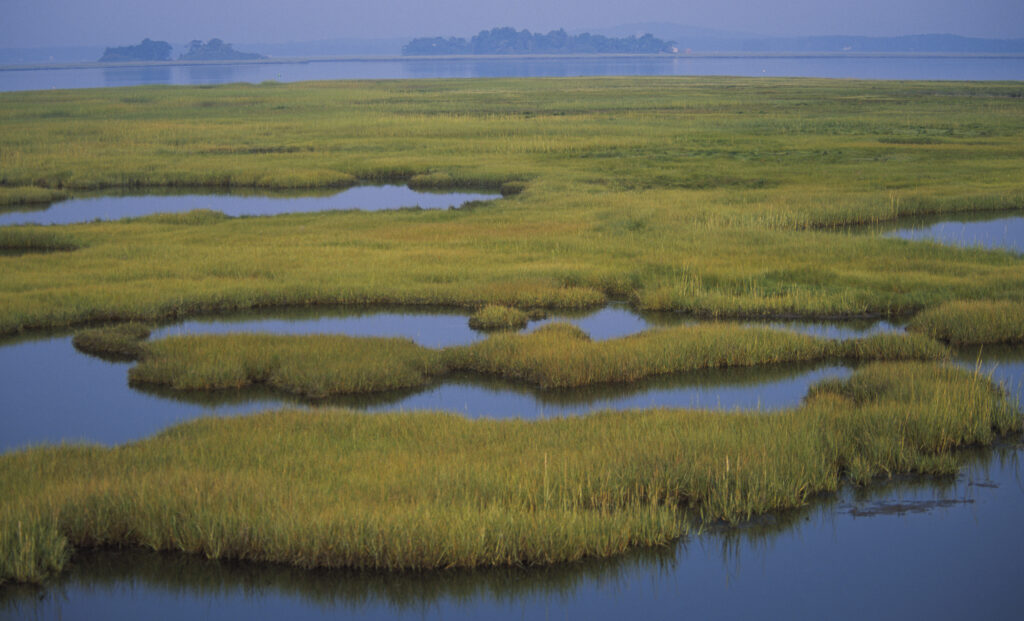by Deva Holliman
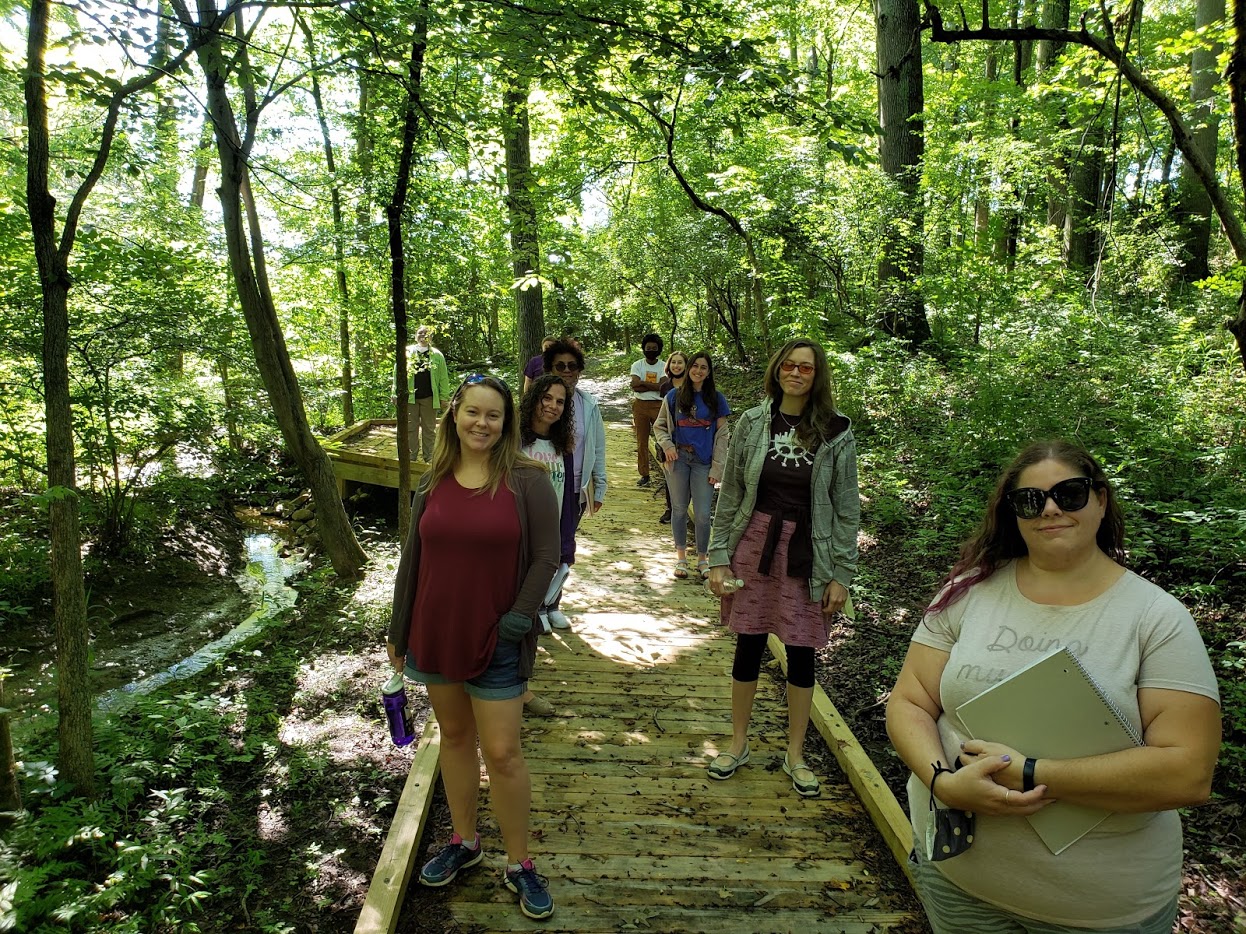
Maryland teachers participate in an outdoor excursion in the SERC forest. (Credit: Karen McDonald)
This summer, the Smithsonian Environmental Research Center (SERC) invited 21 Maryland educators to join a three-day “hybrid” workshop (virtual and in-person) on how to teach watershed science. The workshop was part of a collaboration with the Maryland Association for Environmental and Outdoor Education (MAEOE). It went swimmingly.
In normal years the SERC education team brings up to 6,000 visitors from around the Chesapeake, leading field trips for K-12 students and programs for adults. A growing component of SERC’s educational outreach is devoted to teacher professional development. These trainings help teachers learn the practices and techniques that SERC scientists use, and take them back to the classroom.
But as the pandemic raged on, SERC was forced to adjust its education model. Unable to bring students to the Edgewater campus, field trips and workshops went virtual. As with the rest of the world, in-person experiences switched to Zoom. While the quality of SERC’s education programs stayed the same, many longed for the days of bustling classrooms and hands-on science.
That’s when Karen McDonald, SERC’s director of education, had an idea. Collaborating with MAEOE, McDonald hoped to create a workshop for Maryland educators that focused on teaching children about watersheds.
“During COVID, teaching about watersheds to students who are remote and can’t necessarily go outside is super challenging,” said McDonald. “On top of that, many teachers don’t know how to take students outside to study their local watersheds. This is going to be something super desirable when we go back to school because we need to socially distance. And being outside is a perfect way to do it.” Click to continue »
